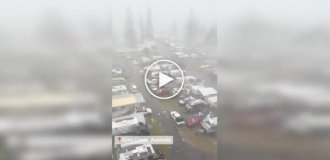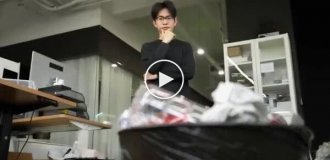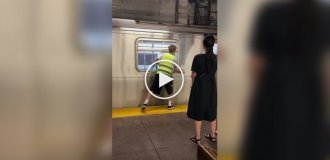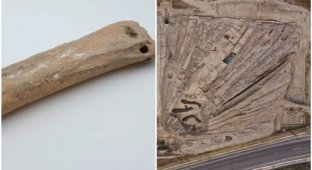Archaeologists have found a Roman temple under Leicester Cathedral (12 photos + 1 video)
Exploring the old cemetery at Leicester Cathedral, archaeologists found under it a mysterious room suitable for worship. In the room there was an altar stone 1800 years old.
During archaeological excavations under the cemetery of Leicester Cathedral was discovered tomb-temple of the era of ancient Rome. According to archaeologists, excavations at the site of the old singing school in the territory Leicester Cathedral began in October 2021 and have since given huge amount of information. Remains of a Roman structure and an 1800 year old altar stone were discovered during excavations carried out Archaeological Survey of the University of Leicester. According to archaeologists, the building is a tomb or a place of worship.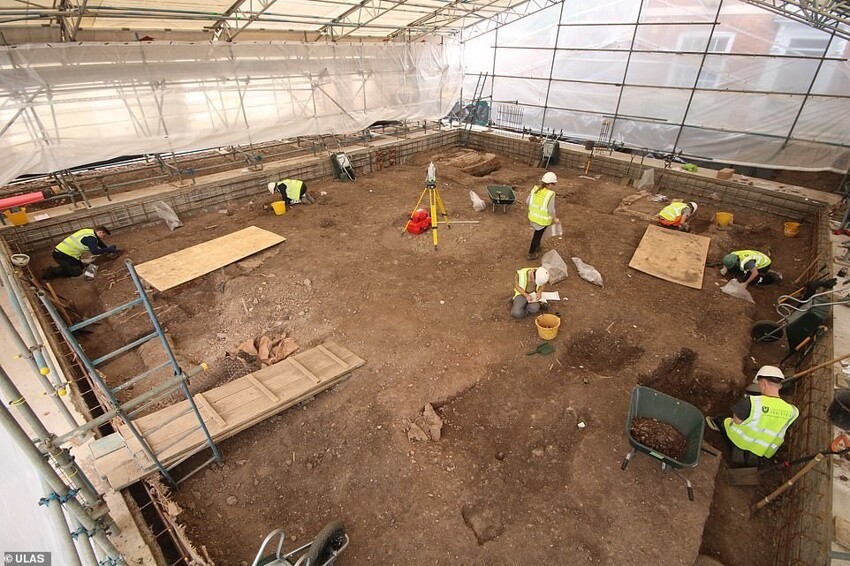
Researchers believe that in the basement, which is now at a depth of almost 3 meters underground, there was a concrete floor and stone walls with decorative drawings.
Matthew Morris, Project Manager, says: “This find can be of great importance. This area of Leicester has been explored few. The historical quarter is one of the white spots on the archaeological city map".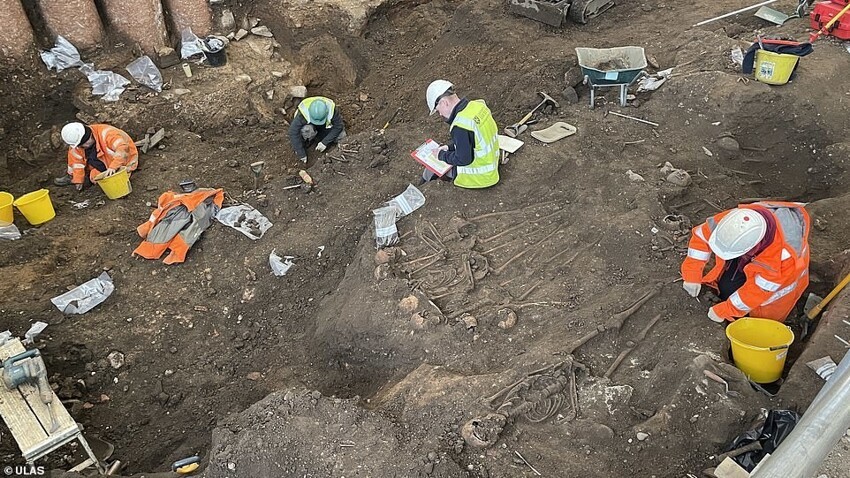
“The find is very important for understanding the history of Leicester cathedral, says Morris. - Despite the fact that this is an iconic building for city, we don't know too much about its early history. Most of what you see above ground today has been rebuilt into a Victorian period. Therefore, excavations near the cathedral were the only way deal with key issues, such as when it was first founded, and what was in its place before? The people have long existed legend that there was a Roman temple under the cathedral. So far we have not been able say whether he was there or not. But discovering this cellar and fragment Roman altar stone indicates that there was definitely Roman sacred building.
According to archaeologists, the Roman sanctuary was built around the 2nd century and then deliberately buried. According to Morris, the room was used to worship God or gods. Also indoors several pieces of Roman pottery and coins were found.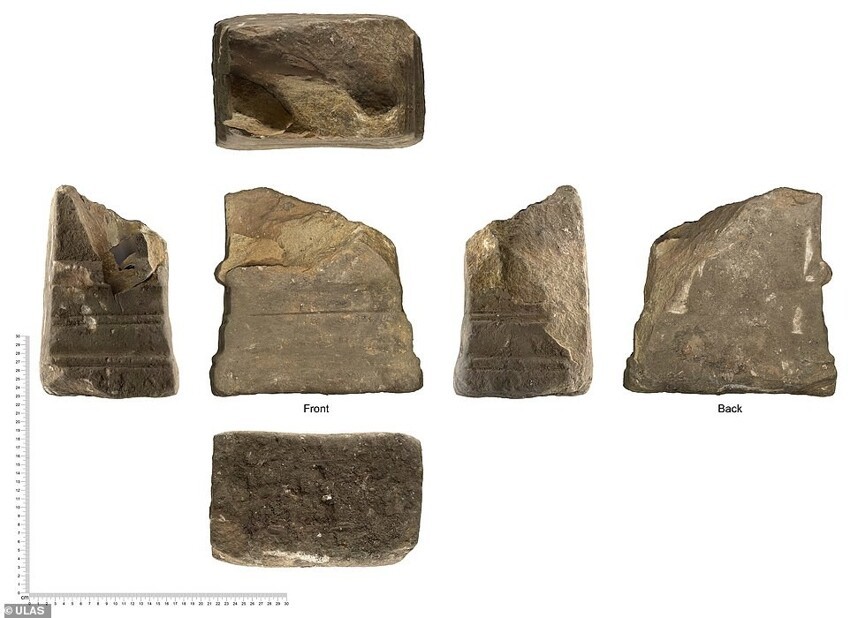
Also in the room were found several pieces of Roman ceramics and coins.
The excavations were part of a building restoration project initiated by in the list of architectural monuments. It is believed that the cathedral was the first built in the 11th century. As part of the reconstruction next to the cathedral will be a center for the study of the historical heritage of this place was built.
The area excavated in Leicester was only 14 square meters. meters), but, as Morris stated: “If you dig a hole anywhere in Leicester, you'll find something interesting." So, in addition to the remains Roman structure, during the study of the area around the cathedral and excavations 1100 burials were discovered dating back to the 11th century and the middle of the 19th century. The remains found there will be studied, analyzed and re-buried on the grounds of the cathedral. According to Morris, the findings will give scientists "a very good idea of this area of Leicester".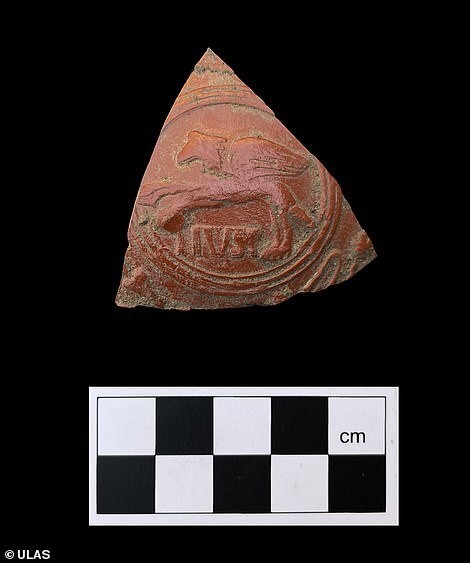
Rare artefacts were also found during the excavations. Anglo-Saxon period, including the first coin of that era, found in the city for 20 years. According to scientists, this is the first proof of the existence of a cultural layer of that era in this part cities.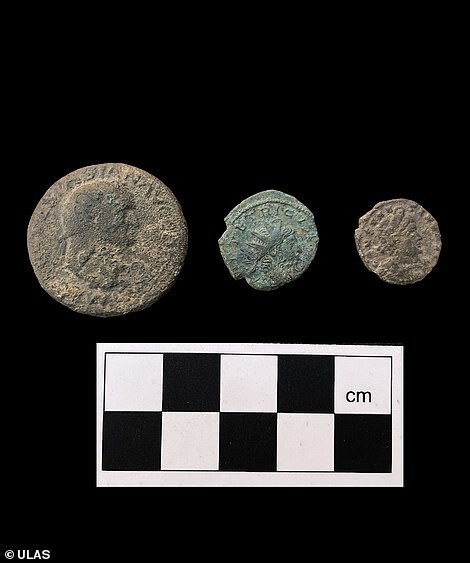
These excavations made it possible to obtain a significant amount archaeological evidence in an area of modest size,” said John Thomas, one of the project participants.
“The project allowed us to excavate in the Leicester area, which we rarely get the opportunity to explore, and it certainly did not disappoint, says Thomas. - When we startedkt we had a few key research questions, but we weren't sure will we find answers on the territory of the singing school. Fortunately, archaeological finds are very well preserved, and although there is still a lot of analytical work, we are sure that we can answer all our questions and even many others.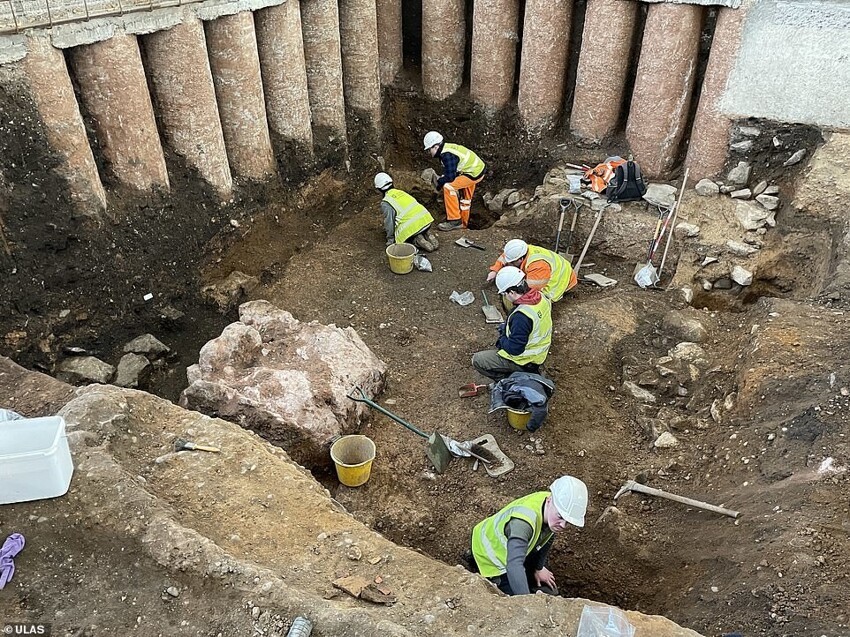
“At the end of the work, we will have a much clearer an idea of what happened at this place during the Roman period, when the parish church of Saint Martin was founded, and the new understanding of Leicester's history through the fates of its inhabitants who were buried here more than 800 years ago,” the scientist claims.
